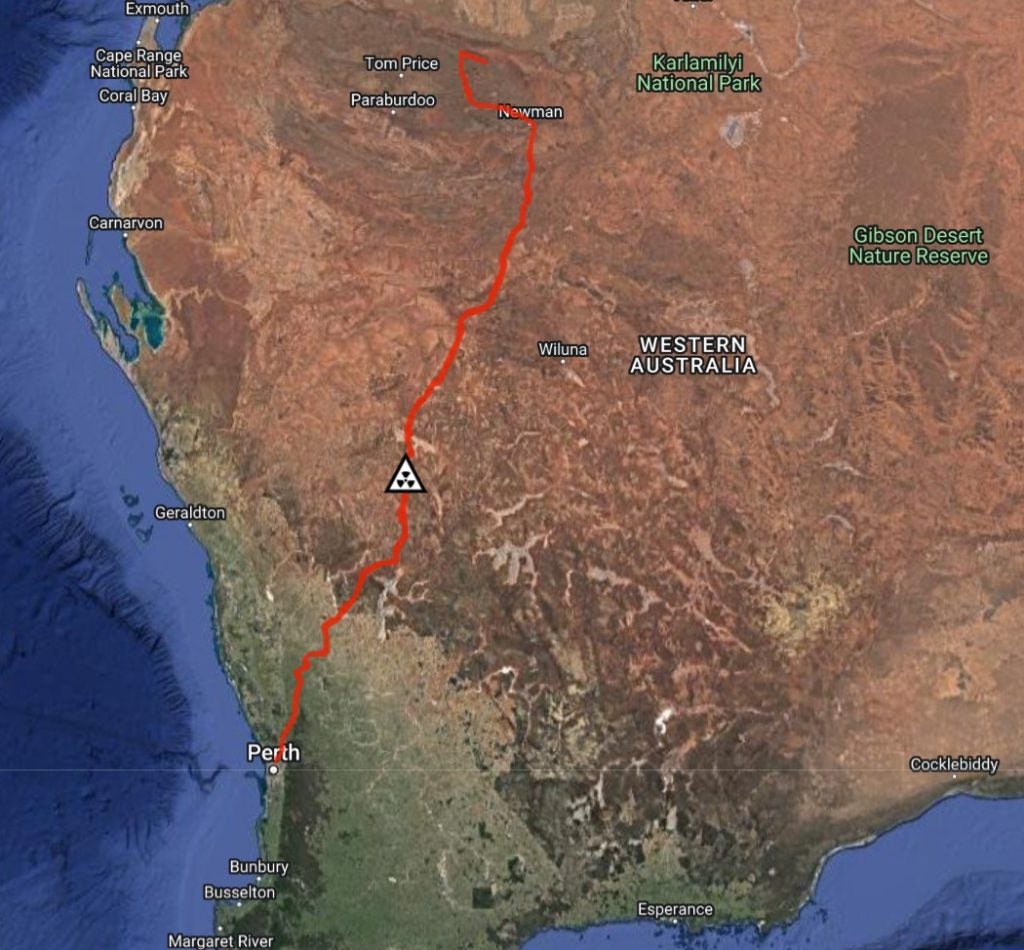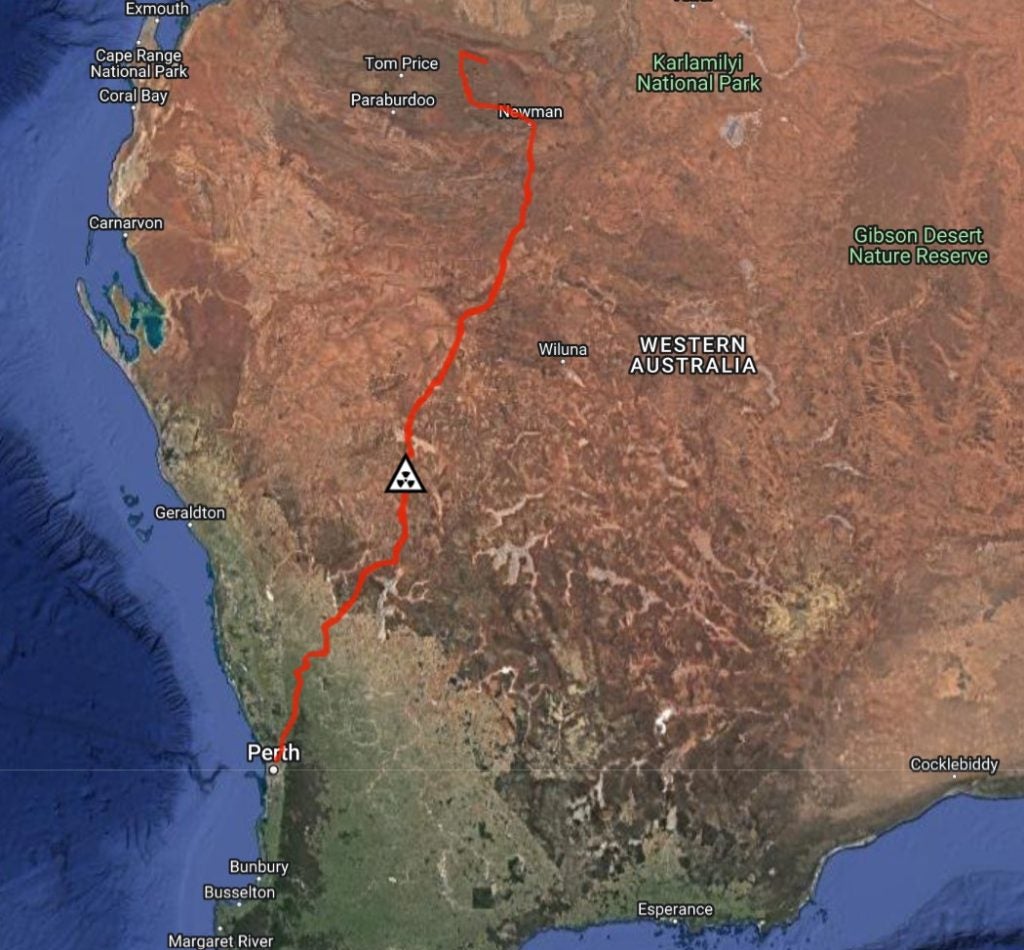Base Metals
Rio Tinto apologises for lost radioactive capsule
Authorities are searching 1,400km of road for the capsule from an iron ore density gauge, lost in mid-January.
The post Rio Tinto apologises for lost radioactive…

Australian mining giant Rio Tinto has apologised for losing a capsule containing radioactive material in Western Australia, as announced on Friday.
The capsule was last seen when packaged for transport at Rio Tinto’s Gudai-Darri mine north of Newman, Western Australia. The capsule did not arrive with the rest of the convoy in Perth, although it remains unclear how the capsule was separated from the vehicles.
The radioactive capsule was part of a gauge used by Rio Tinto at Gudai-Darri to measure iron ore density. It left the mine on 12 January, with its transport arriving in the Perth suburb of Malaga on 16 January. When unpacked on 25 January, repairers found that the gauge had broken apart with one of the four mounting bolts and its radioactive source missing. They then immediately notified authorities.

The Department of Fire and Emergency Services (DFES) issued a public warning concerning the capsule on Friday. The department has instructed the public to remain at least five metres from a small metallic cylinder, 8mm tall and 6mm in diameter, should they encounter it. The DFES now has crews travelling along the 1,400km journey made by the transport along the Great Northern Highway. Crews will attempt to find the capsule using radiation detectors, but these cannot track it if it has since moved.
Simon Trott, chief executive of Rio Tinto’s iron ore division, said in a statement: “We are sorry for the alarm it has caused in the Western Australian community. As well as fully supporting the relevant authorities, we have launched our own investigation to understand how the capsule was lost in transit.
“We have completed radiological surveys of all areas on site where the device had been, and surveyed roads within the mine site as well as the access road leading away from the Gudai-Darri mine site.
“Rio Tinto engaged a third-party contractor, with appropriate expertise and certification, to safely package the device in preparation for transport off-site ahead of receipt at their facility in Perth. Prior to the device leaving the site, a Geiger counter was used to confirm the presence of the capsule inside the package. As part of this investigation we are working closely with the contractor to better understand what went wrong in this instance.”
The contractor, named by the Financial Times as SGS Australia, has yet to comment.
The capsule contains a small amount of radioactive isotope caesium-137, which has a half-life of approximately 30 years. This means that, if unfound, the capsule will still present significant radiation risk over decades. Standing approximately one metre from the capsule for one hour would give an equivalent radiation dose as receiving 10 X-rays, and stronger radiation is emitted closer to the capsule.
The post Rio Tinto apologises for lost radioactive capsule appeared first on Mining Technology.

White House Prepares For “Serious Scrutiny” Of Nippon-US Steel Deal
White House Prepares For "Serious Scrutiny" Of Nippon-US Steel Deal
National Economic Adviser Lael Brainard published a statement Thursday…
How to Apply for FAFSA
Students and families will see a redesigned FAFSA this year. Here’s how to fill it out.
Dolly Varden consolidates Big Bulk copper-gold porphyry by acquiring southern-portion claims – Richard Mills
2023.12.22
Dolly Varden Silver’s (TSXV:DV, OTCQX:DOLLF) stock price shot up 16 cents for a gain of 20% Thursday, after announcing a consolidation of…








